Those garden-variety ants in your kitchen are anything but ordinary.
Most likely, they’re Argentine ants, recognizable by their telltale straight lines and proficiency at capturing food, like that errant drop of honey on your counter, with stunning speed.
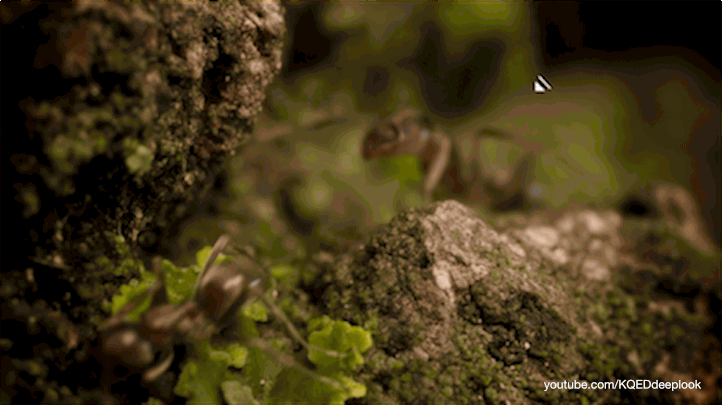
For about 200 years, the Argentine ant expansion story has been the slow-moving train wreck of myrmecology, the study of ants. From remote origins in the Paraná River valley in Paraguay and Argentina, this virulent invasive species has moved out to claim much of the world’s most desirable territory, whether you’re an ant or a human.
Wherever they go, Argentine ants eliminate the competition — mostly other ants, but sometimes bees, termites and ladybugs — with a take-no-prisoners approach. Invade, dismember, consume. Repeat. Resistance is futile. The basic wisdom among ant scientists is that if you see Argentines, it’s already too late.
The invasion got personal for Deborah Gordon, a professor of biology who studies ants at Stanford University, 12 years ago when Argentine ants broke into her lab overnight. The invaders destroyed a harvester ant colony she was studying, killing the queen. Harvester queens live deep underground, and acquiring one for study is a back-breaking process. “They’re very precious,” she recalled, “I don’t think I’ll ever recover.”
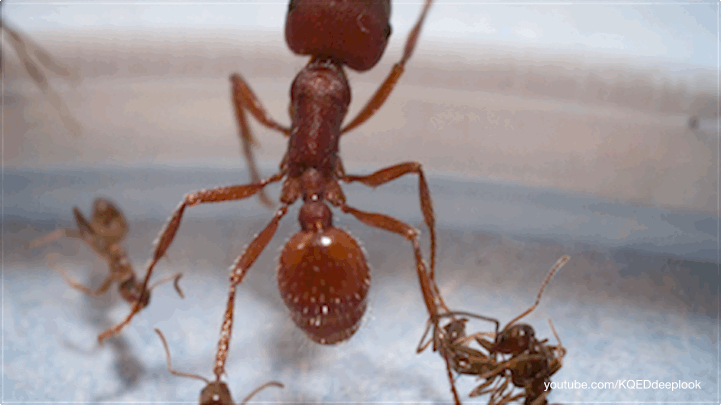
So you can imagine Gordon’s surprise when researchers in her lab found one common native California ant species thriving behind enemy lines, in Argentine ant territory near Palo Alto. This stubborn survivor is called the winter ant, and its persistence, through a novel defensive strategy, seems to offer hope that invasions on the scale of the Argentine ant can be halted, and even reversed.
Argentine ants first came to the U.S. through New Orleans onboard coffee ships from Brazil in the 1890s. They have since made landfall in California, Japan and the Mediterranean coast, following the many sea and land routes of human commerce. “What we’ve learned is they don’t become established at a certain distance from people,” said Gordon, “They need us.”
As early as the 1970s, scientists began to notice a peculiar fact about the Argentine ant and its unusual success.
In the ant world, colony-mates all carry the same smell, embedded in the waxy stuff that makes their exoskeletons shiny. A single tap of antennae is enough to tell friend from foe.
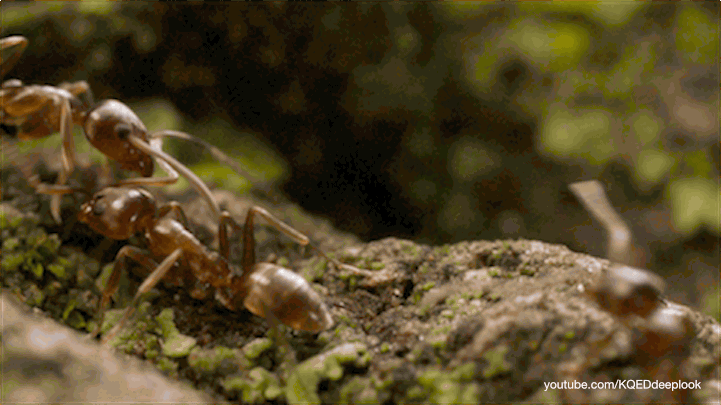
Usually, when ants from different colonies are put together, even from the same species, they fight. Warfare among colonies is a major factor keeping ant populations in balance. But Argentine worker ants can be combined from colonies in Spain, Japan and California, and they will recognize each other — they won’t fight.
Without this natural check, researchers say, a single colony of ants from Argentina has spread across continents and oceans. “They escaped the war zone,” said Brian Whyte, a Ph.D. student in evolutionary biology at UC Berkeley, “and the colony doesn’t seem to have a limit.”
A 2010 paper called the so-called super-colony “the most populous known animal society.”
Its trillions upon trillions of inhabitants dwarf the human population by a long shot.
Not all Argentine ants get along so well. Scientists, including David Holway from UC San Diego and Neil Tsutsui from UC Berkeley, have mapped out a handful of super-colonies worldwide. “They have very clean, demarcated boundaries,” said Holway.
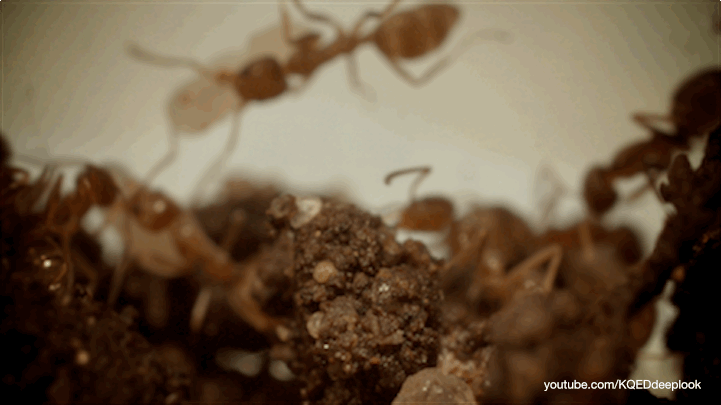
The picture that seemed to emerge amounted to a battle of empires dividing up the world, yet still fighting bitterly wherever their territories met.
But Jasper Ridge, a 1,200-acre Stanford preserve in the hills west of Palo Alto, is different. In 1993, Gordon’s laboratory began tracking ant populations there. At the time, Jasper Ridge was unconquered territory for the Argentines, but they already had been spotted.
“It’s unusual to be able to monitor an invasion,” Gordon said. She predicted that within one to five years, it would all be over. “I thought they would just move quickly through.”
A series of Ph.D. students conducting the field research, including Nicole Heller, who tracked ants at Jasper for six years, began to notice a different trend. One species of native ant was holding its own inside the boundary of the Argentine advance. “They were coping, increasing their distribution over time,” said Heller, who’s now the director of conservation science at the Peninsula Open Space Trust, an environmental organization in Palo Alto.
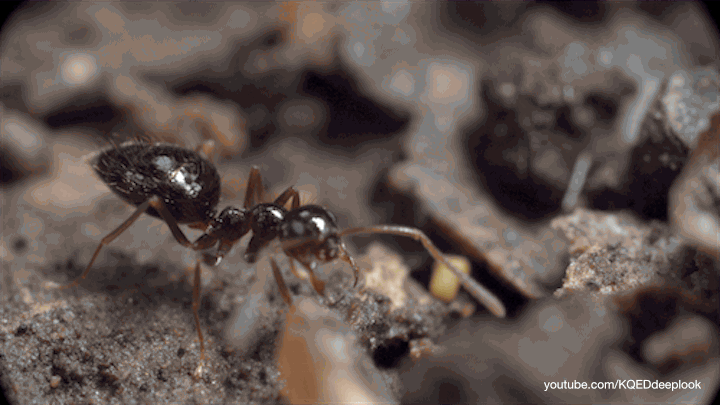
The winter ant has several advantages over the Argentine: deeper nests, a different cycle of seasonal activity. But other ant species with similar advantages have fallen before the Argentine onslaught. What, the Stanford researchers wondered, was different here?
In 2008, Gordon was using the ant counts at Jasper Ridge to teach undergraduates about invasion ecology. In their final project, where Argentine and winter ants were observed side-by-side in controlled conditions, one group of students claimed to have made a novel discovery. Winter ants, the students found, showed a distinct behavior when they were put on the defensive.
The students watched the winter ants wave their abdomens at their enemies, known as “gaster-flagging” in ant circles, before a cloudy liquid blob appeared at the tip. Approaching the secretion sent the Argentines reeling away. Touching it could kill them.
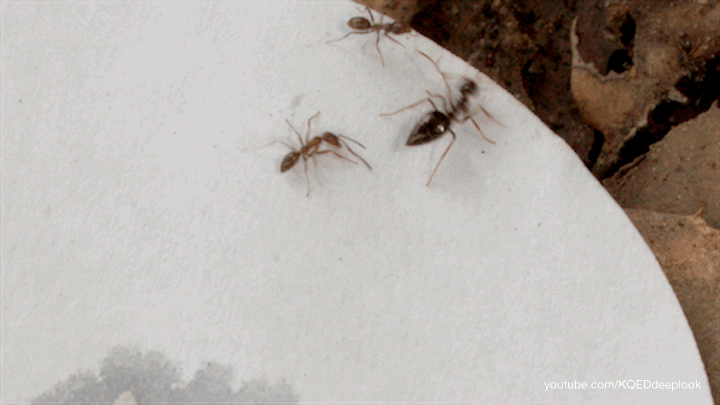
Gordon admitted she was skeptical.
“I didn’t completely believe it,” she said, “but by the end of the class I was persuaded there was enough there to explore.”
Over the next two years, the students repeated and studied the winter ant’s apparently novel defensive behavior. They also analyzed the the secretion. (Turns out it comes from the same gland used by the ants’ ancestors, wasps, to sting.)
By the time the students’ data was published, asserting that the winter ant’s defensive secretion “may account for its ability to persist” in Argentine-invaded territory, the ant counts at Jasper Ridge had long surpassed Gordon’s initial expectation of one to five years. The ant population data, now at 20 years and counting, bears out the students’ findings.
In fact, the preserve’s winter ants are not only surviving, they’re now pushing back, opening up space for other native ant populations to rebound.
Whether scientists (and the pest control industry) can take a lesson from the winter ant or will remain on the sidelines of this epic ant battle is still unclear.
“Some invasive species may be successful in the beginning, but in the long term may not do as well,” Gordon said. “It’s about how it plays out over time.”
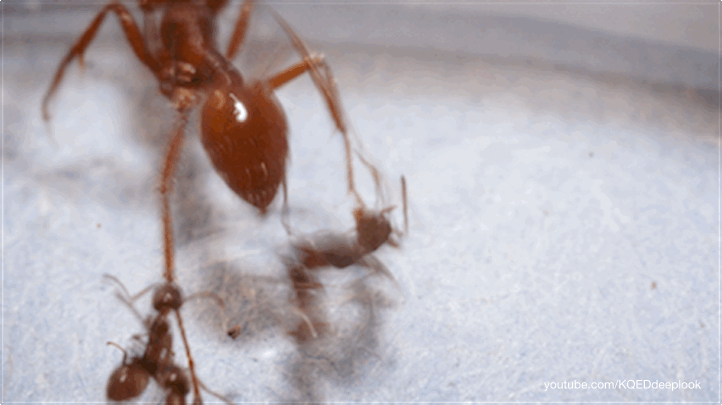
The public can participate in the semi-annual ant survey at Jasper Ridge by contacting the preserve directly.